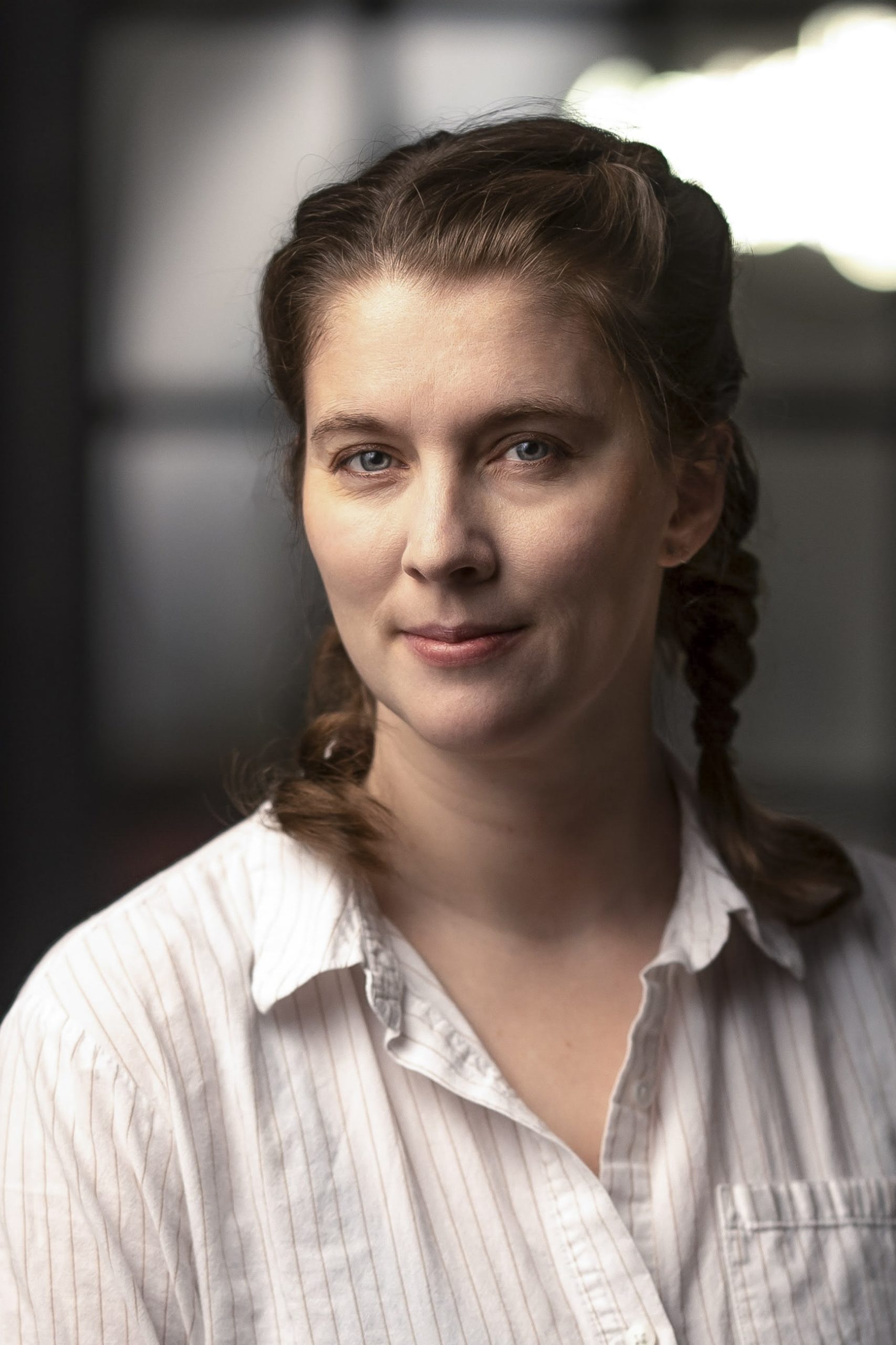 Selecting a text…
Selecting a text…
I will begin to share my Composeher journey with you by saying that contemplating my work for this project presented a unique challenge for me, in the best possible way. Usually, when composers are commissioned by an ensemble, especially a choral ensemble, the group will have some sort of theme or idea in mind, wishing to commission a piece that will fit with their vision and concert programming. This makes sense, since choral concerts tend to have many different pieces on their programmes (as opposed to orchestral concerts, for example, which only have two or three), and connective threads and programmatic vision can be important to the audience’s experience. However, in the interest of supporting our individual voices and visions, our brief for Composeher was wide open – a ten-minute piece for the GSA Choir. That was it.
This is an amazing opportunity. It allows us to write a substantive work for chorus with complete freedom to choose our themes and texts, completely of our own accord. This kind of opportunity does not come along every day. However, it’s also a blank piece of paper. Where do I even start? What do I want to write about?
Everything in a choral piece starts with the text. Searching for texts and establishing concepts for a piece, especially for works that are more than a few minutes long, is a crucial part of the compositional process and comprises a big slice of the time and energy we put towards our work. This isn’t something that people other than composers would necessarily realise. Even in higher education degree programmes in composition, this process isn’t always talked about much. However, not only is it important in developing the musical content of individual pieces, but it allows us to speak to particular themes that are important to us. It can help us address the question of why we compose in the first place.
What do I look for in a text? Well, that depends on the piece, of course. With shorter pieces, we often set shorter-form poetry – we all have different styles and traits we look for in poetry to set based on our music and our tastes. We look for poems which are the right length for the piece in question, and which have a natural rhythm that might complement rhythm and melody in music. In a work which is longer than the typical length of a song (about three to five minutes – your average one-movement choral work), however, I usually feel that I need to expand my thinking and my text search.
When beginning a more substantial work, such as my piece for Composeher, it is even important to have some sort of unique impetus or concept for the piece. If I am going to ask the performers (especially a very large group of performers) to devote the time and energy required to perform a piece of significant length, I want to make extra sure that it’s worth their while, with a text and subject matter that is compelling and relevant to them. This frequently leads me to explore text sources outside of the literary and poetic world.
Often times, historical events and accompanying primary source documents can provide inspiration and unique text sources for musical pieces. Looking to history can allow us to speak to many different themes and issues, including social and political themes, in a way that doesn’t feel excessively ‘ripped from the headlines’ or dated soon after the first performance. Looking to science and scientific exploration inspires many of us as well – think of all the music which has been inspired by outer space, in particular.
To find ideas which feel new, fresh, and relevant, I must stay open to possibilities all the time. They can come from totally unexpected places. My fiancé and I watch a lot of documentaries, for instance, which often helps. As an example, we’ve enjoyed Ken Burns’ The West quite a lot, which incidentally served as the inspiration for my piece The Devil’s Tower. We’ve also watched a lot of Nova episodes on topics such as black holes, the exploration of Saturn, and volcanoes. Weirdly, I also often find myself inspired by some of my favourite TV shows – I suppose television can be an interesting window into popular consciousness. For instance, I was inspired to write my arrangement of Oh Shenandoah by this scene in House of Cards where Frank Underwood sings with his old college a cappella group friends – a surprisingly human moment in a dehumanising and dark show – and it was a scene in an early episode of Mad Men, exploring American identity and the idea of home, which inspired me to include Psalm 137 in my longer piece Babylon, a catalyst of an idea for the whole project.
It was a documentary series that led me to my text for Composeher. The BBC/PBS art history documentary series Civilisations discusses different aspects of art throughout history in various civilisations of the world. This series introduced me to a number of great artists, including Maria Sibylla Merian, a pioneering naturalist, etymologist and illustrator of the late seventeenth/early eighteenth century. Next time, I will fully introduce her work and how it will inspire my piece for Composeher.
